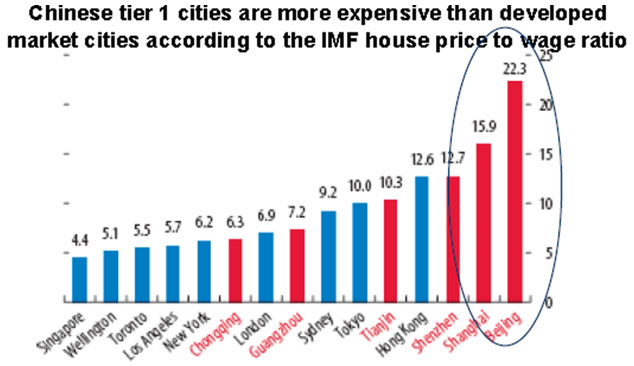中国经济当前的困境:数字化转型中数据整合的分析。面临数字化浪潮,中国经济发展面临数据整合的难题。数据分散、孤岛现象严重,阻碍了数字化转型的效率和效果。需要整合各类数据资源,打破信息壁垒,推动经济高质量发展。摘要字数在100-200字之间。
Project Background:
In recent years, China has experienced rapid economic growth, becoming a global economic powerhouse. However, with the advent of the digital age, the Chinese economy is facing new challenges and opportunities. The need for data integration in various industries has become increasingly significant in driving digital transformation and addressing current economic difficulties.
Importance of Data Integration:
Data integration is crucial in China's current economic scenario for several reasons. Firstly, it enables organizations to make better decisions based on accurate and reliable data. Secondly, data integration helps in identifying trends and patterns, enabling companies to stay competitive in the market. Thirdly, it facilitates the optimization of resources and improves operational efficiency. Lastly, data integration plays a pivotal role in driving innovation and transforming traditional industries.
Technical Features:
The technical features of data integration are pivotal in addressing China's economic challenges. Firstly, modern data integration tools provide real-time data access and analysis, enabling organizations to make quick decisions. Secondly, they facilitate seamless data exchange between various systems and departments, ensuring efficient operations. Thirdly, these tools provide data quality assurance, ensuring the reliability of decision-making. Lastly, they offer scalability and flexibility, enabling businesses to adapt to changing market conditions.
Data Integration Scheme Design:
The design of a data integration scheme involves several key components. Firstly, it requires a clear understanding of the organization's data landscape, including data sources, formats, and systems. Secondly, it involves the identification of key business processes that require data integration. Thirdly, a data integration platform should be selected based on the organization's needs and requirements. Lastly, a robust data governance framework should be established to ensure data quality, security, and privacy.
Implementation Effects:
The implementation of a data integration scheme in China has resulted in several positive effects. Firstly, it has enabled organizations to make better decisions based on accurate and reliable data. Secondly, it has improved operational efficiency and optimized resource allocation. Thirdly, data integration has facilitated the development of new business models and services, driving innovation. Lastly, it has helped businesses adapt to changing market conditions and stay competitive.
Challenges and Countermeasures:
Despite the numerous benefits of data integration, there are several challenges that need to be addressed. Firstly, data quality remains a major concern, as poor-quality data can lead to incorrect decisions. To overcome this challenge, organizations should establish robust data governance frameworks and implement data quality control measures. Secondly, data security and privacy are crucial, as the mishandling of sensitive data can lead to serious consequences. Therefore, organizations should adopt advanced encryption techniques and comply with data protection regulations. Lastly, the lack of skilled data professionals is a major obstacle. To address this challenge, organizations should invest in training and upskilling their workforce, focusing on data-related skills and technologies.
Conclusion:
In conclusion, China's current economic dilemma can be addressed through effective data integration. Data integration is crucial in driving digital transformation and enabling organizations to make better decisions, improve operational efficiency, and stay competitive in the market. However, to achieve successful data integration, organizations need to address several challenges, including data quality, security, privacy, and skilled workforce. By implementing robust data governance frameworks, adopting advanced technologies, and upskilling their workforce, organizations can overcome these challenges and achieve successful data integration, paving the way for sustainable economic growth in China.




 京公网安备11000000000001号
京公网安备11000000000001号 京ICP备11000001号
京ICP备11000001号